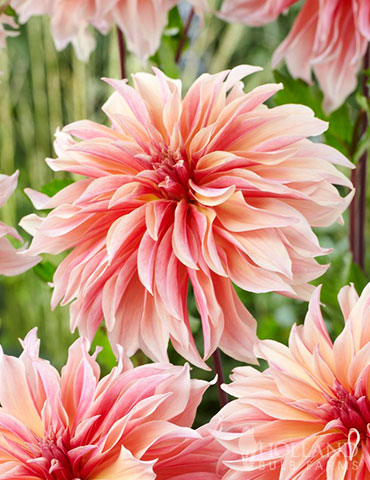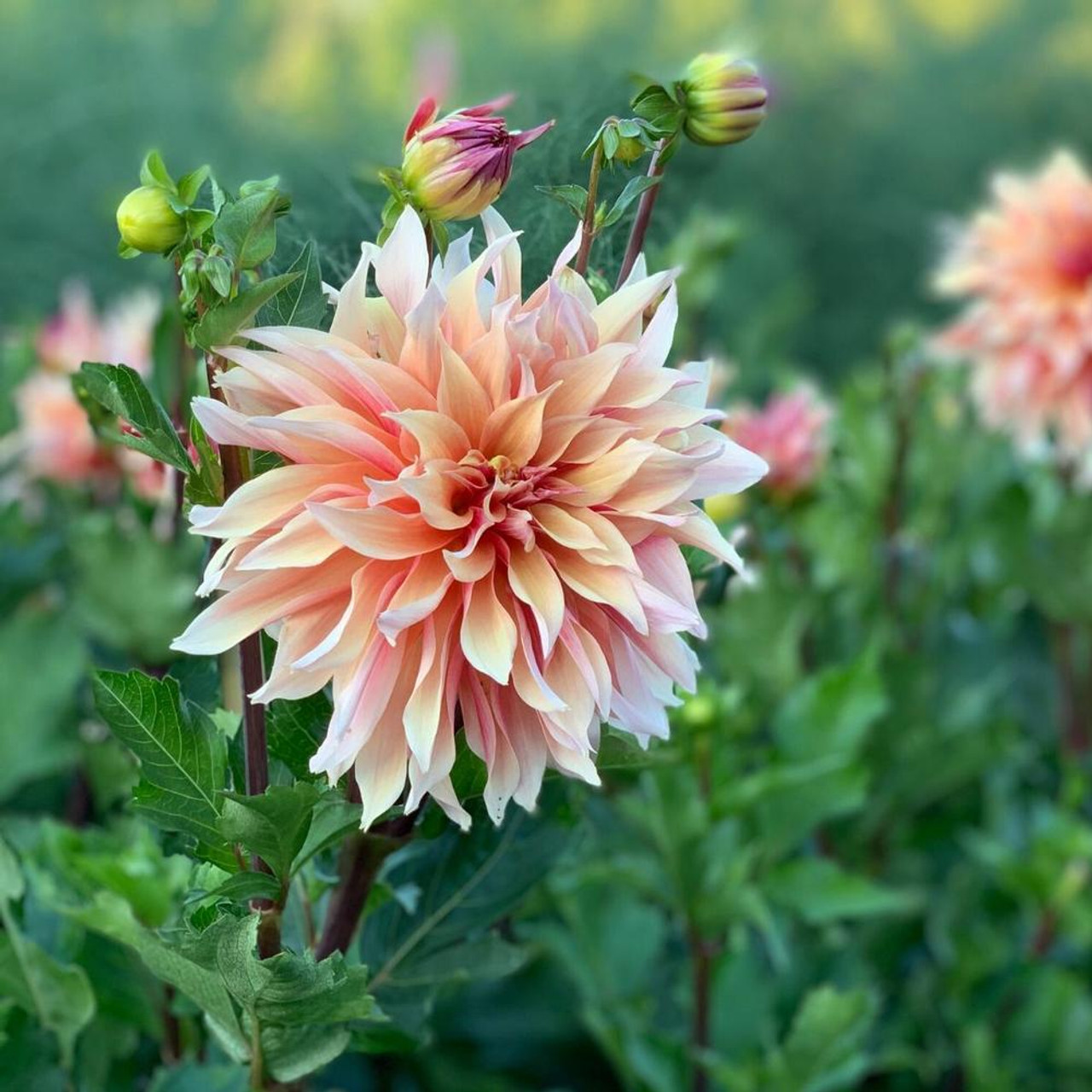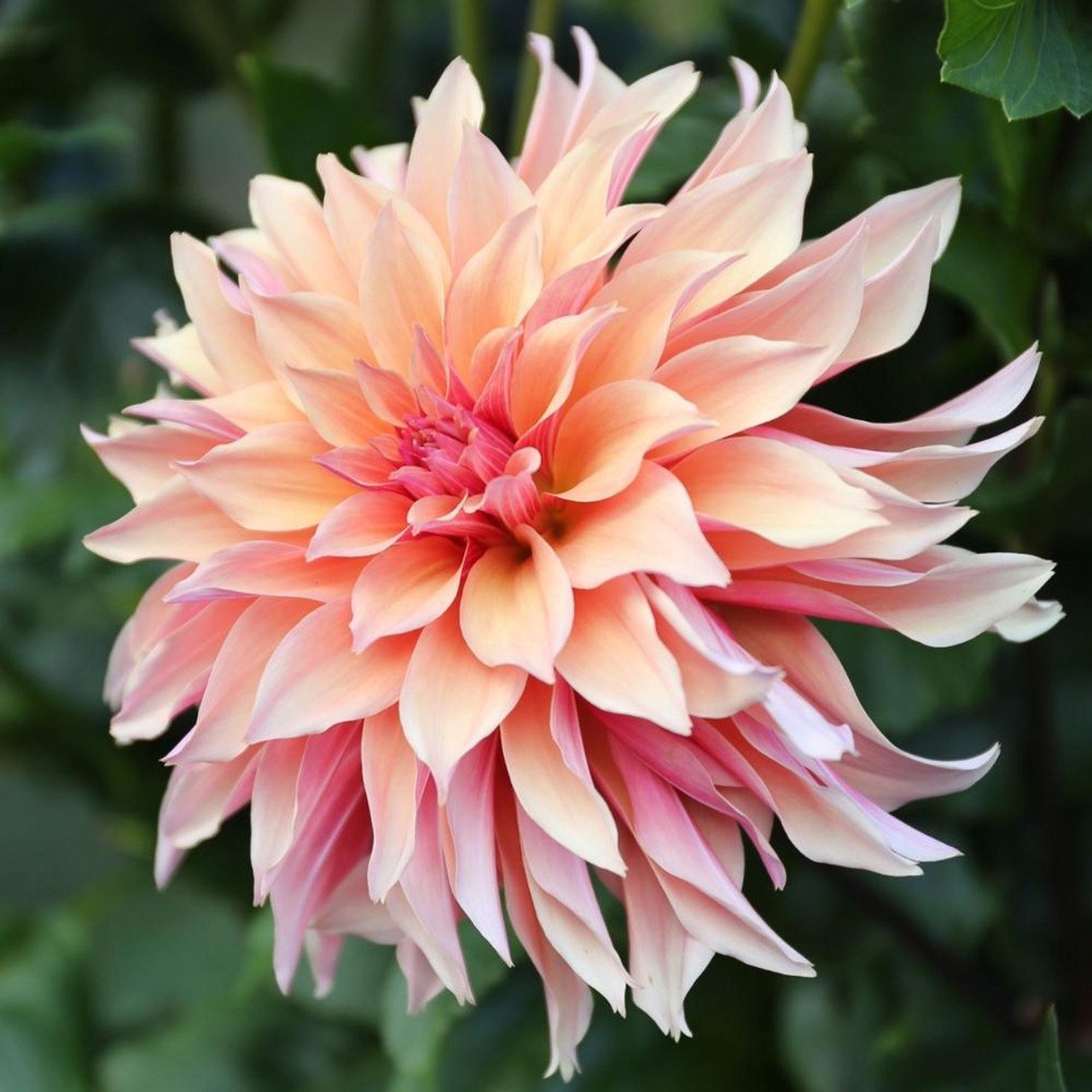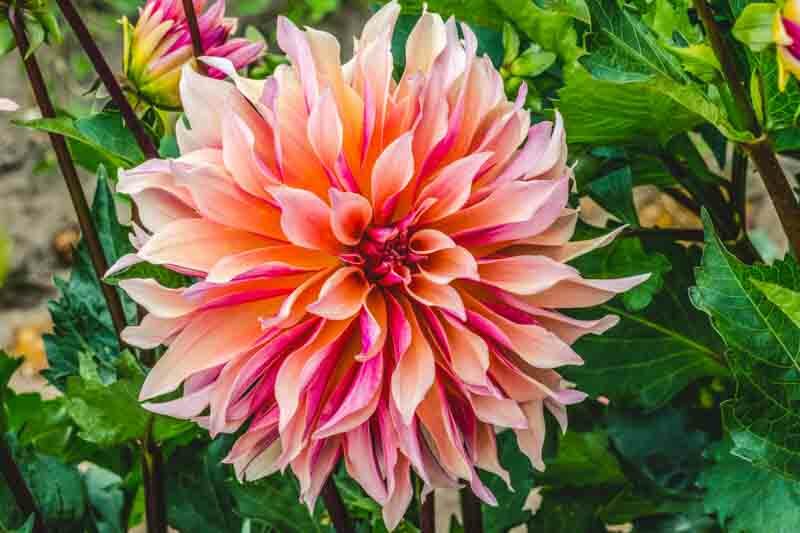Introduction to Labyrinth Decorative Dahlia
The Labyrinth Decorative Dahlia is a spectacular plant that adds vibrant colors and unique shapes to any garden or floral arrangement. With its large blooms and striking appearance, this dahlia variety has become increasingly popular among gardening enthusiasts and florists alike. In this comprehensive guide, I will share everything you need to know about the Labyrinth Decorative Dahlia, including care tips, varieties, personal experiences, and more!
Understanding Dahlia Varieties
Dahlias are classified into various groups based on their flower shape and size. The Labyrinth Decorative Dahlia belongs to the Decorative group, known for its fully double, large blooms. These dahlias are perfect for adding a splash of color to your garden, as well as being fantastic cut flowers.
Types of Decorative Dahlias
Within the Decorative category, there are several types of dahlias, including:
- Ball Dahlias
- Pompon Dahlias
- Decorative Dahlias
- Cactus Dahlias
- Peony Dahlias
Comparison Table of Dahlia Types
| Type | Size | Flower Shape | Best For |
|---|---|---|---|
| Ball Dahlia | 4-6 inches | Round | Borders & Cut Flowers |
| Pompon Dahlia | 2-4 inches | Compact Round | Containers & Arrangements |
| Decorative Dahlia | 6-12 inches | Flat & Layered | Garden Displays & Bouquets |
| Cactus Dahlia | 6-10 inches | Pointed Petals | Unique Displays |
| Peony Dahlia | 6-8 inches | Bowl-shaped | Garden Beds & Floral Arrangements |
Labyrinth Decorative Dahlia Care Guide
Soil Requirements
Labyrinth Decorative Dahlias thrive in well-drained, nutrient-rich soil. A mix of potting soil and compost is ideal for planting these vibrant flowers. Aim for a pH level of 6.5 to 7.0 for optimal growth.
Sunlight and Watering
These dahlias love sunlight and require at least 6-8 hours of direct sunlight a day. Water them regularly but avoid overwatering, as this can lead to root rot. A good rule of thumb is to water deeply once a week, allowing the soil to dry out slightly between waterings.
Fertilizing Your Dahlias
To ensure your Labyrinth Decorative Dahlias bloom beautifully, fertilize them every 4-6 weeks during the growing season. A balanced fertilizer (like 10-10-10) or a specific flower fertilizer works well.

Pruning and Deadheading
Regular pruning helps promote bushier growth and more blooms. Deadheading, or removing spent flowers, encourages new growth and prolongs blooming. Use clean, sharp scissors to make clean cuts and prevent disease.
Personal Experience Growing Labyrinth Decorative Dahlias
Last summer, I decided to add Labyrinth Decorative Dahlias to my garden, and it has been one of the best decisions I’ve made! Their stunning colors and intricate shapes attracted numerous compliments from neighbors and friends. I remember the first bloom opened; it was a bright orange surrounded by deep green foliage, a true showstopper!
Challenges Faced
However, it wasn’t all sunshine and rainbows. I faced a few challenges, particularly with pests like aphids. Regularly inspecting the plants and introducing ladybugs helped keep them at bay. It’s essential to stay vigilant and address any issues immediately.
Successes to Celebrate
By mid-season, my dahlias were thriving! I learned how rewarding it can be to care for these beautiful flowers. I experimented with arrangements, using them for dinner party centerpieces, and they never failed to leave guests in awe!

Choosing the Right Location for Your Labyrinth Decorative Dahlia
Garden Bed vs. Container Planting
When deciding how to grow Labyrinth Decorative Dahlias, consider whether you’ll plant them in a garden bed or in containers. Both have their pros and cons:
Garden Bed
- Pros: More space for root growth, less frequent watering needed, natural pollination.
- Cons: Limited mobility, susceptible to ground pests.
Container Planting
- Pros: Easy to manage and relocate, protection from soil-borne pests.
- Cons: Requires more frequent watering and fertilizing, limited root space.

Common Pests and Problems
Identifying Pests
Just like other flowers, Labyrinth Decorative Dahlias can fall victim to pests and diseases. Here are some common culprits:
- Aphids: Small green insects that suck sap from the plant.
- Slugs and Snails: These can munch on leaves, leaving holes.
- Powdery Mildew: A fungal disease that causes a white powdery coating.
Prevention and Treatment
Regular monitoring helps catch issues early. For pests, introducing beneficial insects or using insecticidal soap can work wonders. For powdery mildew, ensure proper air circulation and apply fungicides as necessary.

Harvesting and Storing Dahlia Tubers
At the end of the growing season, it’s time to dig up your dahlia tubers for storage. This is essential if you live in an area with frosts, as dahlias are not frost-hardy.
How to Harvest Tubers
- Wait until after the first frost.
- Cut the stems back to about 4-6 inches.
- Carefully dig around the tubers using a garden fork.
- Shake off excess soil and allow them to dry in a cool, shady place for a few days.
- Store them in a cool, dry location, ideally in peat moss or vermiculite.
FAQs about Labyrinth Decorative Dahlia
What is a Labyrinth Decorative Dahlia?
The Labyrinth Decorative Dahlia is a vibrant variety known for its large, fully double blooms with a unique shape.

How can I care for my Labyrinth Decorative Dahlia?
Provide well-drained, nutrient-rich soil, ample sunlight, regular watering, and appropriate fertilization.
When is the best time to plant Labyrinth Decorative Dahlias?
Plant them in the spring after the last frost for optimal growth.

How do I promote blooming in my dahlias?
Regular deadheading, proper fertilization, and adequate watering will encourage more blooms throughout the season.
Can I grow Labyrinth Decorative Dahlia in containers?
Yes, they can thrive in containers as long as the pot is large enough and has good drainage.
Conclusion: Why Grow Labyrinth Decorative Dahlias
If you’re looking to add a burst of color to your garden or enjoy the beauty of cut flowers indoors, the Labyrinth Decorative Dahlia is a fantastic choice. With proper care and maintenance, you can enjoy stunning blooms that will impress anyone who sees them. From my personal experience, the joy these flowers bring is well worth the effort!